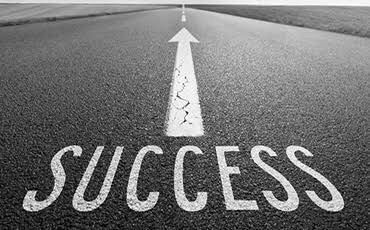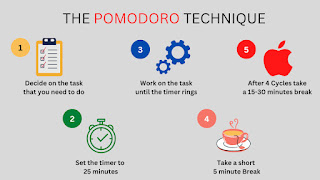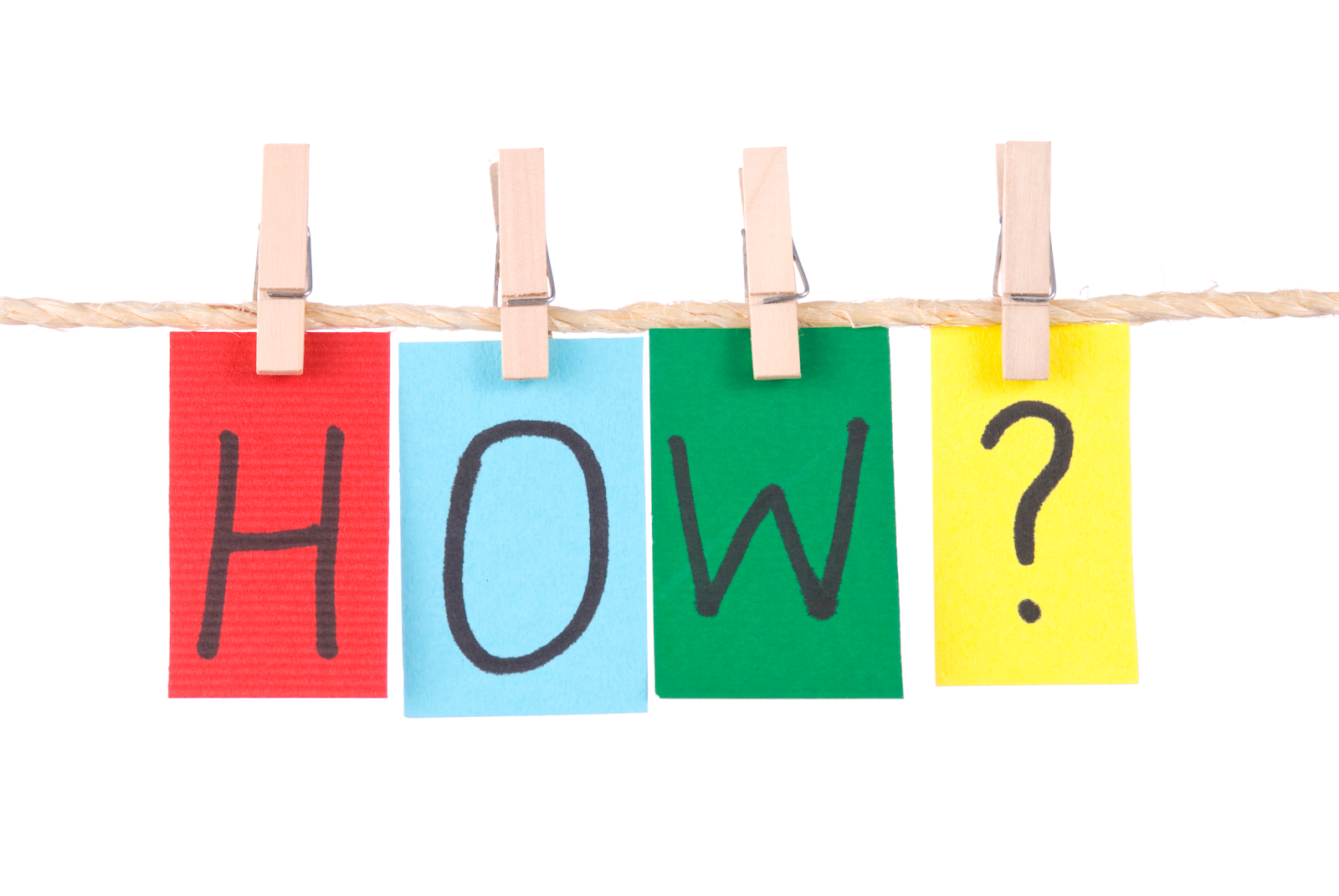UED 102 STUDY SKILLS PORTFOLIO
UED102 STUDY SKILLS BY IRFAN SYAHMI
INTRODUCTION
Assalamuailaikum
Hello everyone,welcome to my blog! My name is Nur Irfan Syahmi Bin Mohd Supian. I am a student who currently study at UITM Pahang, Campus Jengka.I am studying in Pre Diploma in Agrotechnology (AT001).I am from Kemaman,Terengganu.I was born in 21st December 2004 at Hospital Kemaman,Terengganu.So this is a blog about UED102 study skill that all new UITM's student will learn during their interim week.Hope everyone gain useful information here!enjoy!
CONTENT
1.MODUL 1:GETTING READY TO LEARN
2.MODUL 2:GOAL SETTING & LEARNING MANAGEMENT SYSTEM
3. MODUL 3:TIME MANAGEMENT
4. MODUL 4:MEMORY LEARNING & IMPROVING CONCENTRATION
5.MODUL 5: TAKING LECTURE NOTES
6.MODUL 6:ACADEMIC INTEGRITY & PERFORMANCE
MODUL1:GETTING READY TO LEARN
SUMMARY
WHAT IS GETTING READY TO LEARN?
In Learning to Learn at University you will learn about your learning preferences, the difference between surface and deep learning, different ways of thinking about and approaching your learning and how to develop a learning mindset.
FROM SCHOOL TO UNIVERSITY
We often hear that university life is very challenging and requires more effort to achieve certain goals and success. Therefore, as a student we should try harder and persevere especially when we experience failure in something. To be honest, school life and university life are very different in terms of learning because there is no more "spoon feeding" stuff like we went through during school. Indirectly, we will learn to be independent when we need to find all the information ourselves to complete a task. In addition, we can also instill the nature of cooperation with each other when necessary to complete the group assignments given by the lecturer.
SCHOOL VS UNIVERSITY ACADEMICS
There are some differences between school and university. In university, we spend time in the classroom and more time learning outside the classroom because we have to explore things outside to get something outside the box and of course learn new things. The most important thing you MUST READ A LOT!!! Just a reminder, sometimes we may not be reminded of deadlines and exams when we are too busy with classes and assignments. So, this will be related to our time management as a student. Then, I will study about good time management and how to schedule activities correctly and systematically.
How to be a successful student?
Success or Failure? Which one will be yours?
every student has their own dreams. therefore, every student should study hard and persevere to get what they want.
First, the student must be an active student. Students actively talk and listen, write, read and reflect on what they learn. Talking about information and listening to others discuss information in a study group, for example, makes you actively involved in the learning process.
Second, students can be strategic learners. “Strategic learners are learners who see learning and teaching as a systematic process that is, to a good extent, under their control.
Third, students can be self-regulating students. Students who are self-regulated usually do better in college.
WHAT IS LEARNING STYLE?
A learning style is the way that different students learn. A style of learning refers to an individual’s preferred way to absorb, process, comprehend and retain information. The four key learning styles are: visual, auditory, tactile and kinaesthetic.
WHAT IS VISUAL?
Visual learning is a type of learning style in which students prefer to use images, graphics, colors and maps to communicate ideas and thoughts. Visual learners must see information in order to learn it. These learners are likely to have a photographic memory and may use color, tone and brightness to recall information. In class, visual learners will benefit from seeing diagrams drawn out, for example, on a chalkboard and in slideshows.
Auditory learning means that a student learns most effectively by listening. They would prefer listening to a lecture over reading a textbook, or hearing the instructions for a project instead of figuring it out hands-on. For example, a visual learner will want to see an example of the project, while someone who has an auditory focus will prefer to hear about the project.
Definition of Tactile Learning means learning through touch or feeling. If you have a Tactile Learning Style, he learns best using hand activities, touch, texture and fine motor movements.
Kinesthetic learning, which some people call tactile learning or physical learning, is a style of processing information through touch and movement. Participating in on-the-job training, building simulations and performing experiments are all forms of kinesthetic learning. Kinesthetic learners retain information more effectively when they can move their bodies and interact with their environment. They prefer to be active participants rather than passive observers.
other learning style
The learning style I choose is visual because visual learners will benefit from seeing diagrams drawn out, for example, on a chalkboard and in slideshows.
In conclusion, there are many ways of learning that are effective for us. Therefore, we should apply a diligent attitude in ourselves while studying at university or anywhere else.
MODUL 2:Goal Setting & Learning Management System
Goal setting involves developing an action plan designed to motivate and guide a person or group toward a goal. Goals are more intentional than momentary desires and intentions. Therefore, setting a goal means that a person has committed thoughts, emotions, and behaviors towards achieving the goal. By doing so, goal setters have created a desired future state that is different from their current state thus creating a mismatch that in turn motivates future actions.
Motivation, vision, accountability, and fulfillment (or success) are the four most important outcomes of goal setting. These outcomes help employees realize their contribution to the larger picture, strive towards achieving it, and celebrate with team members when the goal is achieved.
The SMART in SMART goals stands for Specific, Measurable, Achievable, Relevant, and Time-Bound. Defining these parameters as they pertain to your goal helps ensure that your objectives are attainable within a certain time frame.
A goal is an idea of the future or desired result that a person or a group of people envision, plan and commit to achieve. People endeavour to reach goals within a finite time by setting deadlines.
Besides,A goal is roughly similar to a purpose or aim, the anticipated result which guides reaction, or an end, which is an object, either a physical object or an abstract object, that has intrinsic value.
- Positive
- Specific
- Realistic
- Measureable
- Moderately challenging
- It should be our self-chosen
- Finite (having limits or bound)
- Goals Give You Focus
- Goals Allow You To Measure Progress
- Goals Keep You Locked In And Undistracted
- Goals Help You Overcome Procrastination
- Goals Give You Motivation
Set goals, make sure they are in writing and visible and work towards your goals regularly. Five steps to success:
-Set Goals
-Make a Commitment
think of a goal your final destination, if your don't know what your final destination is,there is no way to plan on how to get there.
no planning = failing
EXAMPLE:
A learning management system (LMS) is a software application for the administration, documentation, tracking, reporting, automation, and delivery of educational courses, training programs, materials, or learning and development programs. The concept of a learning management system emerged directly from e-Learning. Learning management systems make up the largest segment of the learning systems market.In UiTM, the Learning Management System (LMS) is called i-Learn (U-FUTURE).U-FUTURE aims to help students increase the skills of technology use, and improve knowledge acquisition and information sharing.
ACTIVITY 2: WRITTING EFFECTIVE GOAL STATEMENT.
IN CONCLUSION, EVERY STUDENT SHOULD HAVE A GOAL TO ACHIEVE IN THE FUTURE. THEREFORE, A STUDENT INSTITUTE THE ATTITUDE OF WANTING TO SUCCEED IN THEIR LIFE. FOR EXAMPLE, STUDYING REALLY TO GET THE DEAN'S AWARD AND THE VICE CHANCELLOR'S AWARD.
MODUL3:TIME MANAGEMENT
what is time management?
= Time management is the process of organizing and planning how to divide your time between different activities. Get it right, and you'll end up working smarter, not harder, to get more done in less time – even when time is tight and pressures are high.
why is time management important?
- Better performance
- Deliver work on time
- High quality
- Less stress and aniexty
WHAT IS POMODORO TECHNIQUE?
=The Pomodoro Technique is a time management method based on 25-minute stretches of focused work broken by five-minute breaks. Longer breaks, typically 15 to 30 minutes, are taken after four consecutive work intervals. Each work interval is called a pomodoro, the Italian word for tomato (plural: pomodori).
As a student , i have to be on time because that is time is very valuaeable to me.In addition,being on time can be to discipline myself to be better.
Besides that I also make a list of the work I will do. This is to help me manage my time well, which is to prioritize to do more important work and then do other work.
MUST DO:
1.Prayer
2.Assignment
3.study
THEN DO:
1.agro22 assignment
2.playing games
3.hanging out
MAY DO:
1.chat with friends
2.social media
3.listen to music
MODUL 4:MEMORY LEARNING & IMPROVING CONCENTRATION
MEMORY LEARNING & IMPROVING CONCENTRATION
WHAT IS MEMORY?
=Memory is the process of taking in information from the world around us, processing it, storing it and later recalling that information, sometimes many years later.
WE REMEMBER
- 10% what we read
- 20% what we hear
- 30% what we see
- 50% what we see & hear
- 70& what we say
- 90% what we say & do
Memory is a device or system that is used to store information for immediate use in a computer or related computer hardware and digital electronic devices. The term memory is often synonymous with the term primary storage or main memory. An archaic synonym for memory is store.
SHORT-TERM MEMORY (STM)
Short-term memory is essential for daily functioning, which is why experiencing short-term memory loss can be frustrating and even debilitating.
- Short-term memory is very brief. When short-term memories are not rehearsed or actively maintained, they last mere seconds.1
- Short-term memory is limited. It is commonly suggested that short-term memory can hold only seven items at once, plus or minus two.2
Short-term memory is essential for daily functioning, which is why experiencing short-term memory loss can be frustrating and even debilitating.
- Short-term memory is very brief. When short-term memories are not rehearsed or actively maintained, they last mere seconds.1
- Short-term memory is limited. It is commonly suggested that short-term memory can hold only seven items at once, plus or minus two.2
LONG-TERM MEMORY (LTM)
- Explicit memories, also known as declarative memories, include all of the memories that are available in consciousness. Explicit memory can be further divided into episodic memory (specific events) and semantic memory (knowledge about the world).
- Implicit memories are those that are mostly unconscious. This type of memory includes procedural memory, which involves memories of body movement and how to use objects in the environment. How to drive a car or use a computer are examples of procedural memories.
MODUL5:TAKING LECTURE NOTES- Promotes active learning
- Get important information and content given by the lecturer
- Provide opportunities to understand and organize information
- Can provide important ideas for revision
- Explicit memories, also known as declarative memories, include all of the memories that are available in consciousness. Explicit memory can be further divided into episodic memory (specific events) and semantic memory (knowledge about the world).
- Implicit memories are those that are mostly unconscious. This type of memory includes procedural memory, which involves memories of body movement and how to use objects in the environment. How to drive a car or use a computer are examples of procedural memories.
- Promotes active learning
- Get important information and content given by the lecturer
- Provide opportunities to understand and organize information
- Can provide important ideas for revision


.png)
.jpg)
.jpg)
.jpg)
.jpg)



























.png)
.png)

.jpeg)






BECOME AN ACTIVE LISTENER
3.EFFECTIVE NOTE TAKING SYSTEM
A.Notes
CONCLUSION
TYPES OF PLAGIARISM
PREVENTING PLAGIARISM (planning your paper)
Know How to Paraphrase
Make It Clear Who Said That
Include a Reference Page
GRADE POINT AVERAGE (GPA)
4.your GPA=3.53
CUMULATIVE GRADE POINT AVERAGE (CGPA)